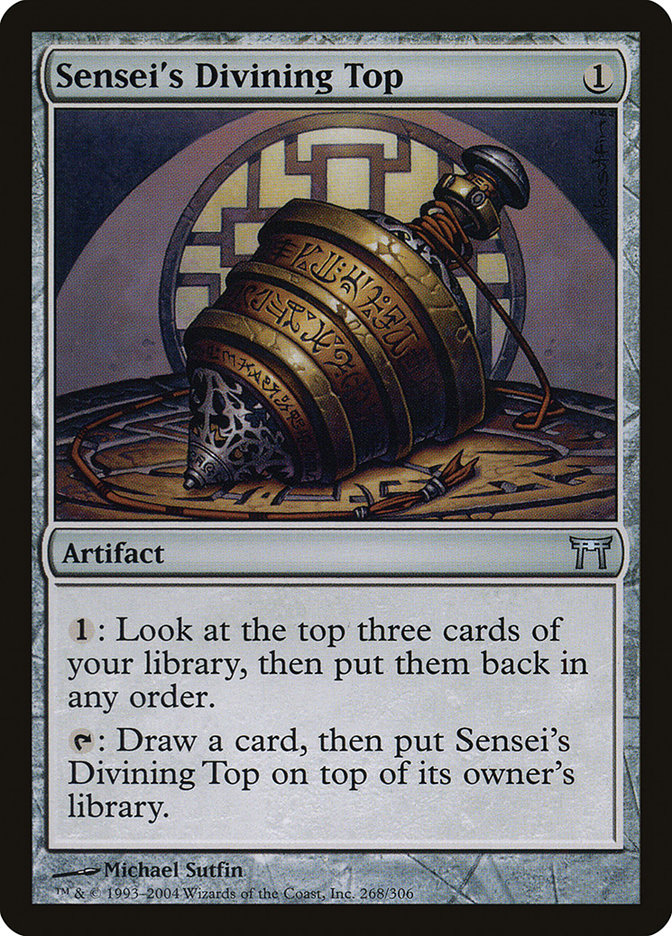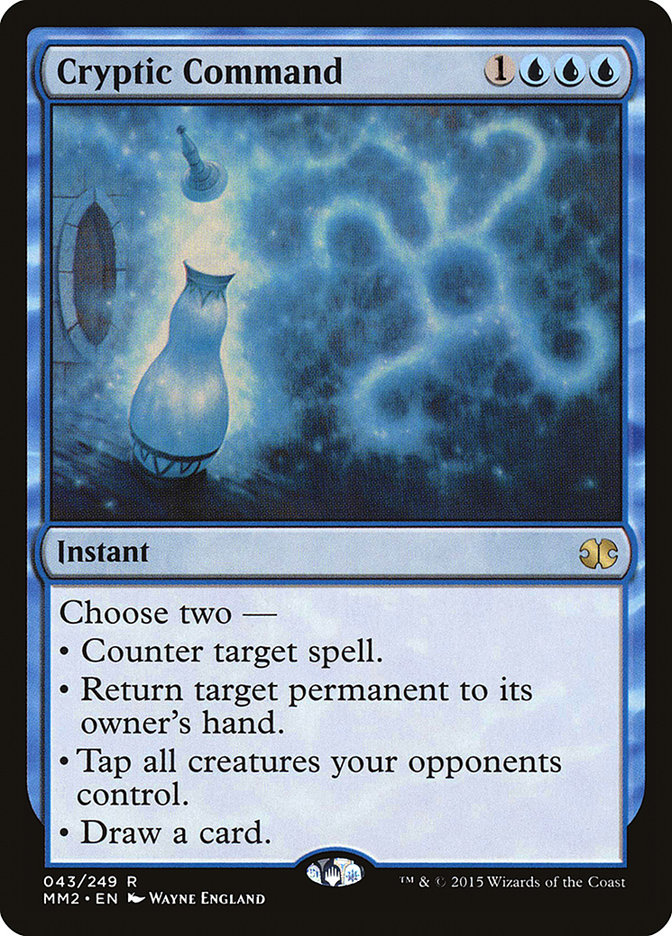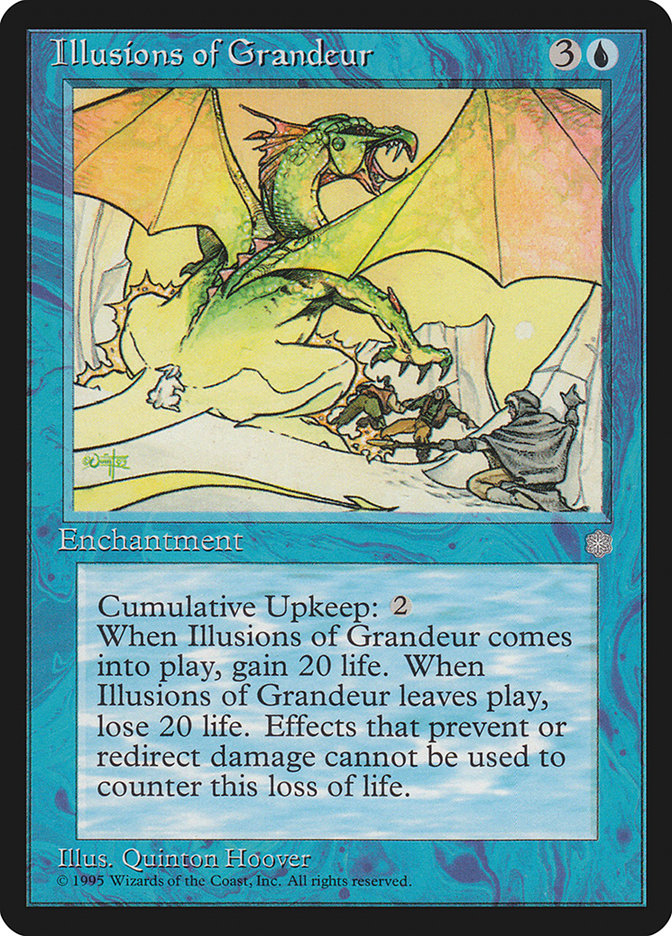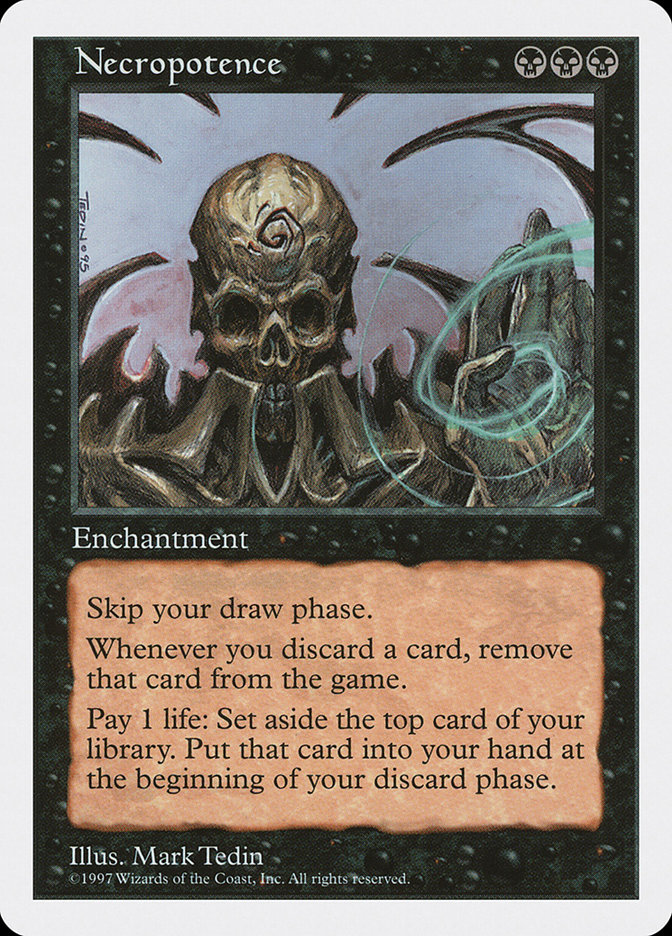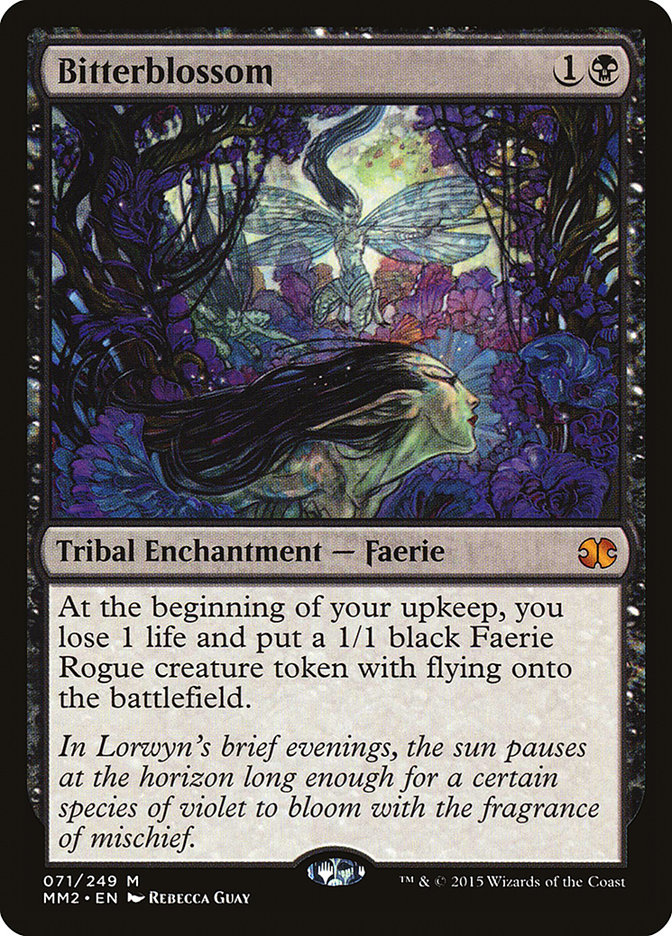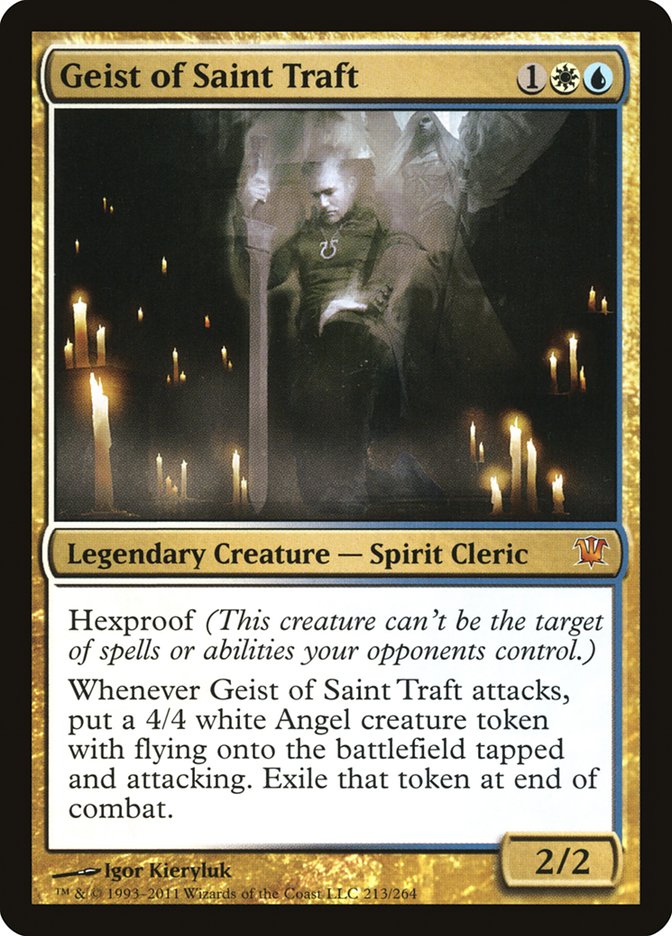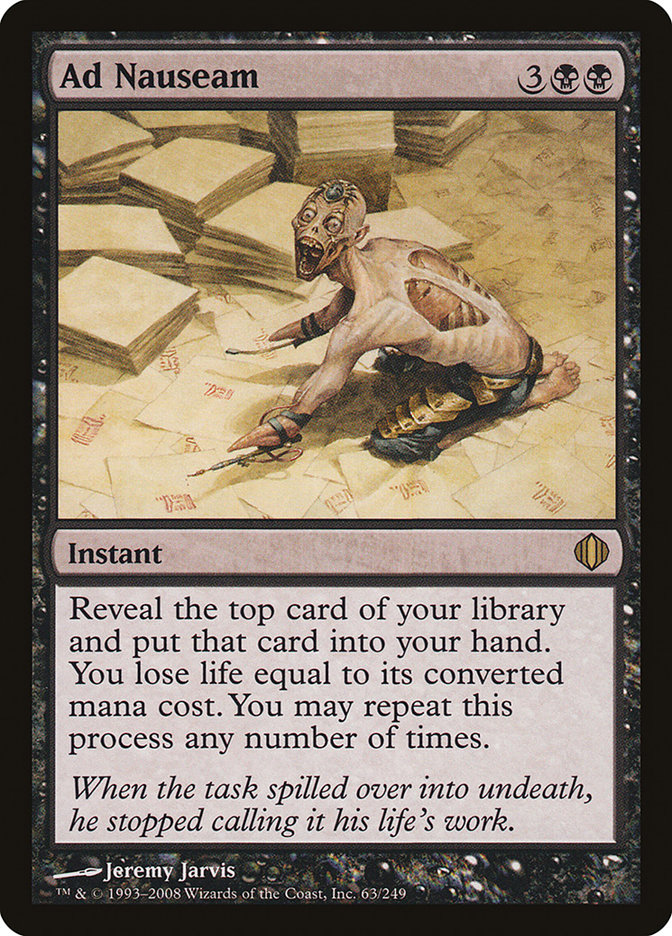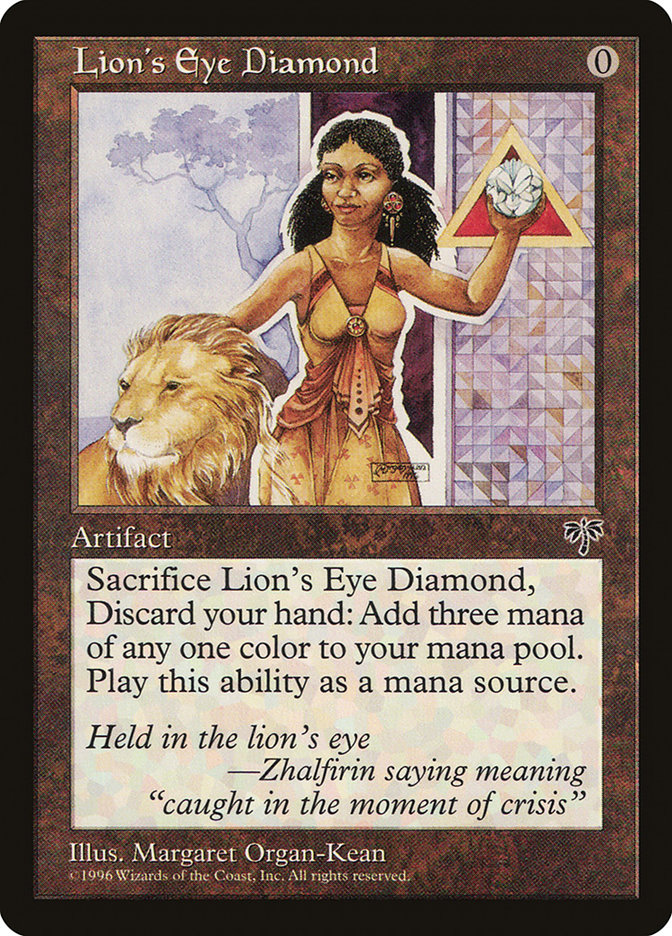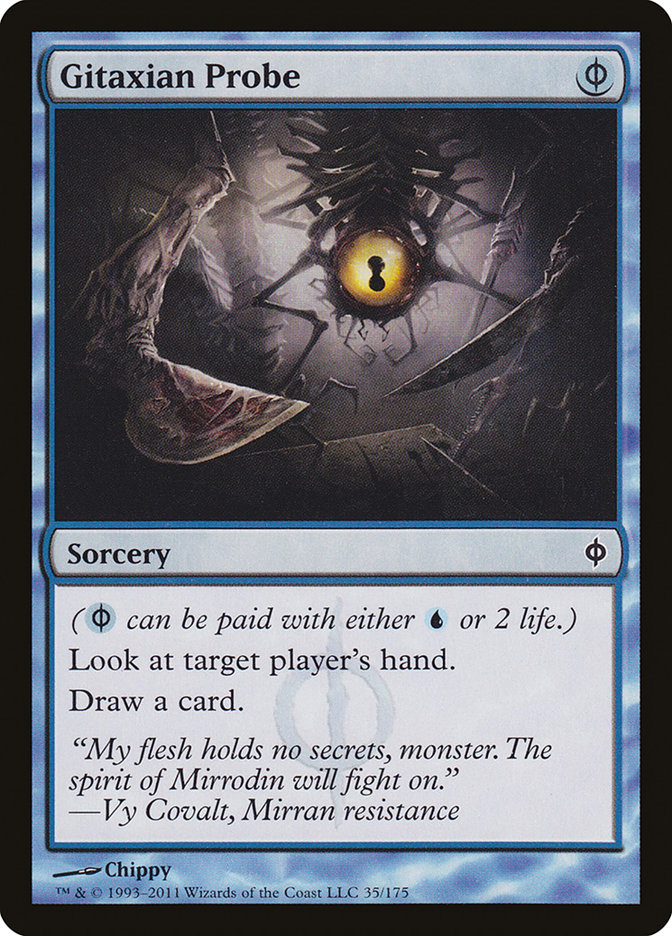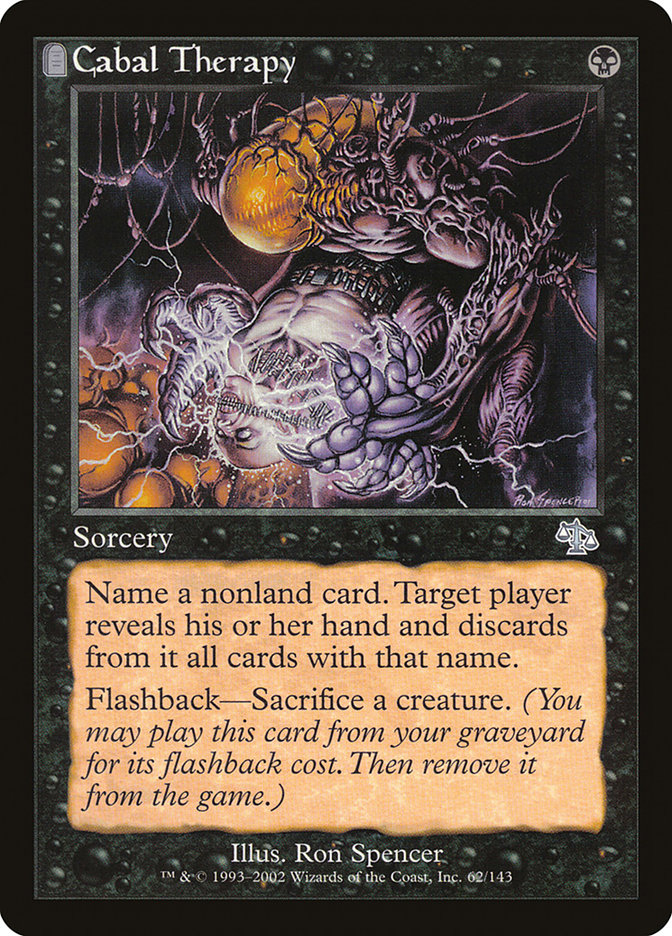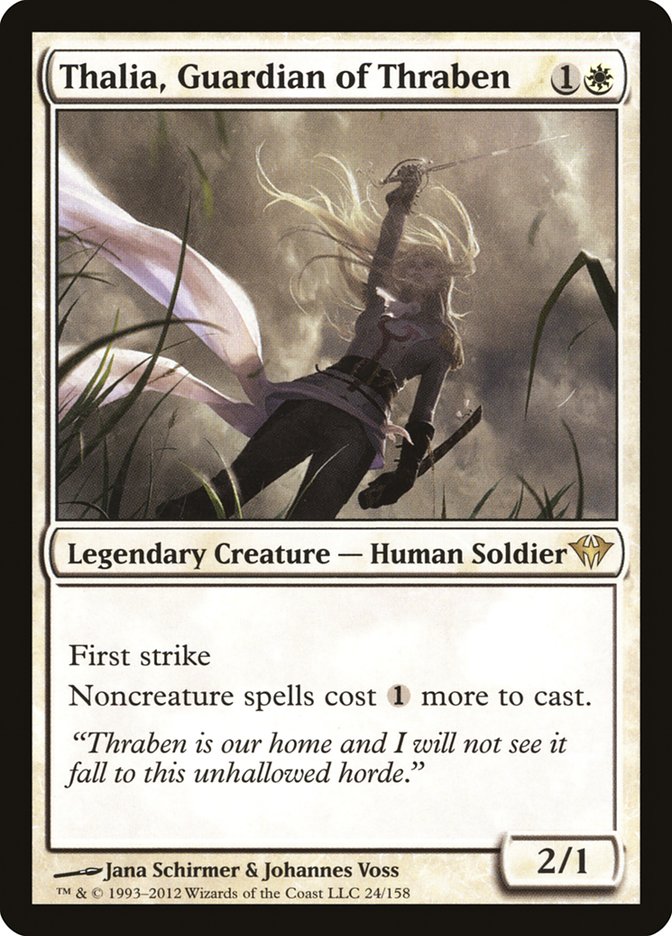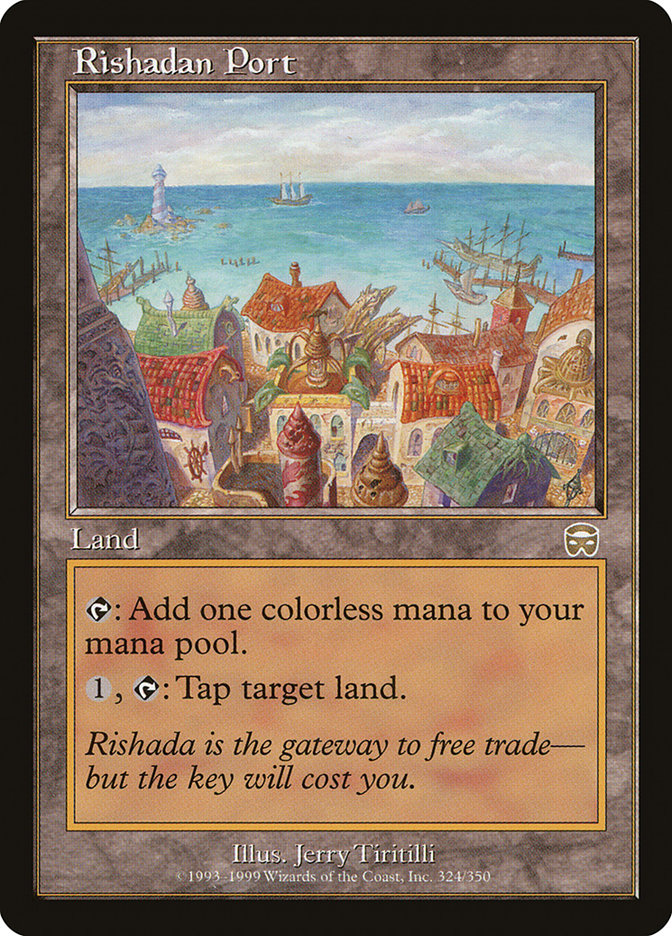This week, StarCityGames.com’s editor Cedric Phillips invited me to be a part of a new column, Fact or Fiction, where I’d be paired with
another player (in this case Ross Merriam) and asked questions on a variety of topics. One of those topics was something that was a bit innocuous
at first glance:
4) Miracles is the deck to beat at SCG Worcester.
This was only one of two questions that Ross and I agreed upon, both calling it a fiction. For both Ross and I, we seemed to agree largely because of the
incredible nature of Legacy to continuously confound domination. As I put it, “I don’t think Legacy is ever about a ‘deck to beat’ unless a ban is on its
way.”
Now, I believe one of the incredible impacts that the Open Series circuit has had on Legacy is the incredible development of the format by having a
constant drumbeat of competitive Legacy with a very visible profile. This is less the case now that the Open Series events are closer to Grand Prix in
terms of scale, and the Legacy events tend to be seen only on the second day of the event, but it is still a reality that these are consistent, large
events.
With the slightly lower profile of the non-main event in Open Series events, I had missed what was perhaps the impetus of the Miracles question in the Fact
or Fiction feature article: Miracles placed three finishers in the Top 8 of the event. That is actually quite a shock.
Why is it quite a shock? Well, I can tell you that in my experience, with years of covering Legacy events as a part of the Open Series coverage team under
my belt, not to mention my aggressive spectating of events, the typical number of archetypes in a Legacy Top 8 tends to be more than seven. Yes, typically,
there are seven or eight different archetypes in a Top 8, so having three perhaps inspires someone like Cedric, who also pays attention to these things, to
ask the question, “Is Miracles the deck to beat?”
But perhaps it is not terribly surprising when looked at a little more closely. This was a much smaller event than a typical SCG Open of old; unlike three
or four hundred players we might see at a Legacy Open, instead we see a little less than two hundred, with 180 players. The Top 16 broke down like this:
Miracles: 5
Delver (all variants): 4
Show and Tell decks: 3
Storm: 2
Reanimator: 1
Grixis Control: 1
In Legacy, deck mastery is an incredibly important factor in success. While you can absolutely crush an event while you are new to a deck (I recall a
player in New Orleans finishing second with Charbelcher having never played Legacy before, until they lost to a deck with Force of Will in the finals), it
is pretty uncommon. Importantly, though, deck mastery is a very difficult thing to actually even be on the road to attaining. Now, we all play flawed
games, to greater or lesser degrees. But, the degree of our skill will tend to be able to be greatly leveraged in Legacy over the course of many rounds.
With only 180 players, this means that we can expect that there will simply be less players who have attained certain thresholds of skill. Well, one of the
things you can say about Miracles, if you don’t know how to fight against it properly, it will probably own you no matter what it is you are
playing.
A lot of people view Legacy as a difficult format to break into, largely because of a combination of card availability and the threshold of skill required
to succeed. If you’re a Standard or Modern player, Legacy can feel a little daunting. That being said, each of the decks I’m going to talk about today are
things that can be taken up by players who have solid experience in other arenas, so keep in mind that your skills can translate to Legacy.
Miracles
Even though the deck is called Miracles, the beating heart of the deck really involves this card:
Now, back when it was printed, my now-Team Ultra PRO teammate, Michael J. Flores, once called Sensei’s Divining Top “Silly Sully’s Subpar Sylvan.” Well,
while we didn’t have Counterbalance to exploit it with at the time, the card is, by itself, a very powerful spell. However, in conjunction with
Counterbalance, it can be outright devastating. Savvy players who have been around the Legacy block a few times can often understand the intricacies of how
you fight a deck that is going to employ the softlocking of Miracles.
Breaking out from under Counter-Top often requires a lot of careful moves. In a smaller event, there are just going to be less people who understand what
it takes to make those moves with their deck, and it is going to give a strong advantage to a Miracles player in such a field. This is particularly true if
the Miracles player is well-versed in how to get the most out of their deck.
Take the top finisher of the three Miracles players, Collin Rountree, an SCG Open winner with several other high finishes in Texas-area events. His build
of the deck is quite straightforward:
Creatures (1)
Planeswalkers (3)
Lands (23)
Spells (33)
- 4 Sensei's Divining Top
- 4 Brainstorm
- 2 Counterspell
- 4 Force of Will
- 4 Swords to Plowshares
- 1 Pyroblast
- 4 Counterbalance
- 2 Spell Pierce
- 1 Entreat the Angels
- 4 Terminus
- 1 Council's Judgment
- 2 Dig Through Time
Sideboard

This is basically a deck with only one dedicated finishing spell, a single copy of Entreat the Angels. Other than that, the rest of the deck is a
collection of answers and card advantage/selection. That is basically the typical way this deck functions, though occasionally you’ll see a card like
True-Name Nemesis (and that card could be called an ‘answer’ as well).
There is a real purity to this deck that I certainly appreciate, and it can certainly feel oppressive to be playing against it. And yet, neither Collin nor
the other two players with Miracles made it out of the semis. Collin, for example, was knocked out by SCG Invitational Top 8 competitor Caleb Scherer,
running Storm. The other two Miracles players were knocked out by Storm and Reanimator.
The other two decks were not all that different when it comes to their spells in the maindeck. Take Bo Zhang’s build, for example:
Out:
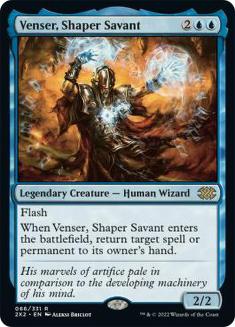
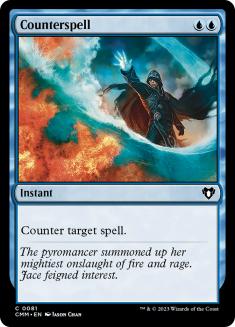
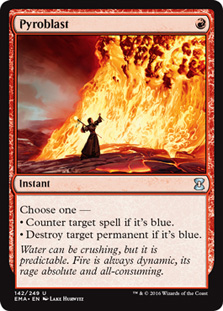
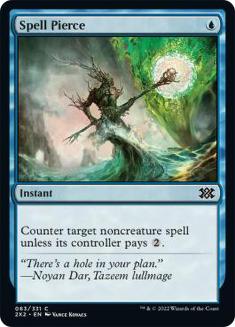


In:
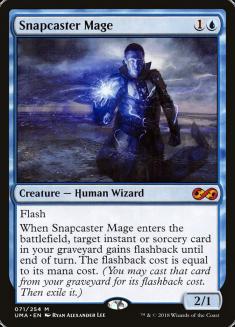

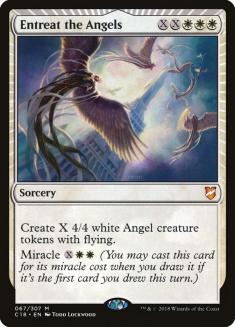

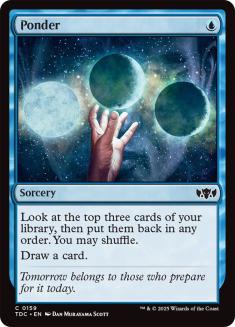




In order to make all of this work, Bo had to cut two lands, but we’re still talking essentially the same deck. Skyler Goy’s build is pretty similar to this as well.
Of the three, the reason that I prefer Collin’s build is that it gives most of its energy to answering the opponent. A part of why I used to hate, hate, hate the old Counter-Top builds in Legacy previous to the Miraculous elements of the deck, is that your answers were inefficient and finishing the
game was essentially a horribly tedious affair. The deck’s name has become Miracles for a damn good reason: some of the problems that plagued the old
answers (cost, timing, graveyard) are gone, and the Miraculous Terminus is essentially a Quicken + Hallowed Burial bit of extraordinary power. Finishing
the game used to take forever, but Entreat the Angels can often end the game in one or two turns.
Similar Skills in Other Formats:
If you’ve been playing pure control decks, you’ll probably feel right at home with this deck once you’ve learned the intricacies of properly playing with
Sensei’s Divining Top. U/W Control players who loved Sphinx’s Revelation in Standard, or any Modern player who enjoys casting Cryptic Command, will love
this deck.
Now, before you think this is a love fest on Miracles, let’s take a glance at the two archetypes that defeated it.
Reanimator
Ever since the printing of Griselbrand, this is a deck that always makes me think about Trix, the old Illusions of Grandeur + Donate deck from fifteen
years ago. A huge part of the reason that I’ve always had that feeling was because of this element to the game:
The Reanimator player fights to get a quick Griselbrand into play, perhaps using up some countermagic as a result. Then, they immediately refill their
hand, getting yet more countermagic. In the meantime, their entire method of winning, Griselbrand (Illusions of Grandeur), also buffers their life
total.
Altogether, it puts an incredible squeeze on an opponent, and it is horrible to deal with unless you have some truly dedicated answers. One of the reasons
that I’ve loved playing Death and Taxes is that against these strategies, you could usually feel very comfortable. After all, you had a lot of weapons to
work with, and you could fight the deck along a lot of angles, both with graveyard attack, ready access to Karakas to nix the inevitable legendary critter,
and assaulting the opponent’s mana, not to mention specialized answers like Containment Priest if you wanted to go in that direction.
Creatures (8)
Lands (16)
Spells (36)

Austin Palmer’s version of the deck is actually designed to go as rapidly as possible (or at least nearly so). With three Lotus Petal, it is actually
possible to just practically win the game on turn 1 with a reanimated Griselbrand right out of the gates. There is a cost to this, though: only 2
Thoughtseize and 2 Daze.
Austin’s deck isn’t just trying to go fast, though. He’s also running more than your typical ways to ‘cheat’ a creature into play. Show and Tell makes a
maindeck appearance here under the likely correct presumption that “my permanents are better than yours, better than yours.” With the murderer’s row of
creatures in a Reanimator deck, this is usually quite the case.
In many ways, this deck plays out in a classic Hybrid-Control fashion, one of the rarest of strategic archetypes. The most famous of
this archetype is probably Faeries, though if you played Psychatog, you’re also familiar. You can also see the same thing in Vintage Oath of Druids. The
essentials of the archetype are pretty simple: There are two stages, the first where you are attempting to establish your engine of inevitability, and the
second, where it is established and you shift gears into what is essentially the aggro-control role, where you have a clock and now you are going to
control the action on the stack until your opponent dies.
Reanimator (and most decks of this strategic archetype in Eternal formats) just does it far more quickly than was possible in less card-dense formats.
Similar Skills in Other Formats:
This archetype can make for some wild rides at times. If you’re the kind of person who knows how to ride a game until that moment where you can
dramatically tug the game away from the other person, this might be the deck for you. This deck may be named “Reanimator,” but the keys to playing this
archetype correctly aren’t really comparable to Standard’s various reanimation strategies. If your skills in Modern feel most at home with either Faeries
or aggressive counterspell-wielding Geist of Saint Traft decks, you’re probably going to be at home here.
Of course, the eventual champion of the event in Dallas played against both Miracles and Reanimator, defeating them both.
Storm
And now we come to the champion, Dustin Carriere’s Storm deck.
Lands (12)
Spells (48)

This deck is built with a Burning Wish toolbox. This Storm deck is basically an alternate take on the old Ad Nauseam-Tendrils (ANT) and functions quite
similarly to a classic ANT, but it takes out Tendrils of Agony from the maindeck for Burning Wish. While classic ANT has several important differences to
this deck (Burning Wish and Past in Flames don’t make good friends, for example), this deck’s inclusion of heavier red does add in extra Ritual effects
with Rite of Flame. The first time I can recall a deck being played like this to any degree of success was in the hands of Dan Mercer, but I’m willing to bet that this
build predates Mercer. Dustin, for his part, takes the exact same spells as Mercer in the maindeck, merely updating the mana with a more stable dual land
base over Gemstone Mine.
Some players, perhaps most notably Adam Prosak, have
commented that Burning Wish in these decks is a trap. This may well be, but Dustin’s list is able to run Rite of Flame, which, with Chrome Mox, pushes the
deck closer to being an almost hybrid deck between The Epic Storm (TES) and ANT, albeit with much less mana requirements than TES, which will also
typically run Silence.
For the uninitiated, the Storm deck is fairly simple: using explosive mana, the deck either simply empties its hand and casts a powerful storm spell to win
the game (Empty the Warrens or Tendrils of Agony) or casts an Ad Nauseam, often fetched by Infernal Tutor, to refill the hand to an absurd amount of cards
and then win the game off of that storm spell. One of the awesome tricks of the deck is casting a card like Burning Wish or Infernal Tutor and
responding by activating a Lion’s Eye Diamond so that the fetched card is placed in the hand after all of the cards are discarded. The other awesome trick
isn’t a part of the combo to win, but it is impressive nonetheless:
I’ve always loved Cabal Therapy, but casting Cabal Therapy when you already know what your opponent has in hand is just dirty, especially if you can do it
before they even make a single play.
To me, this particular build is kind of an intriguing little beast. It runs much the same disruption as a traditional ANT deck and nearly as much explosive
mana as TES (but without the difficulties associated with trying to run four or five mana).
Similar Skills in Other Formats:
Players who like to play solitaire are the ideal people to start playing this deck. One of the great things about decks like these is you can practice with
them against an imaginary “Killer Goldfish” just by imagining the possibilities an opponent might have and going from there. If you play Ad Nauseam or
Amulet Bloom in Modern, or Jeskai Ascendancy Combo decks in Standard, this deck might just be for you.
Not in the Mix
People ask me a lot about what I’m playing in Legacy right now.
Unfortunately, I don’t think that it is actually the best choice currently, but I’m still playing my favorite “Fun Police” style deck, Death and Taxes.
While a lot of people think of this deck as “White Weenie”, it really is a variant on the Prison archetype, albeit
with critters; it is not without reason that Thomas Enevoldsen and Michael Bonde call this deck “White Control.” This is in part due to the
deck’s ability to just shoot down what other people are trying to do.
I love it when my opponent doesn’t get to do what they want to do. If anything, that is the core to my favorite kind of Magic. Here is my current maindeck:
Creatures (26)
- 4 Mother of Runes
- 2 Mangara of Corondor
- 1 Aven Mindcensor
- 4 Flickerwisp
- 4 Stoneforge Mystic
- 2 Mirran Crusader
- 4 Phyrexian Revoker
- 4 Thalia, Guardian of Thraben
- 1 Brimaz, King of Oreskos
Lands (23)
Spells (11)

This is the kind of deck that really requires a sideboard tailored to whatever you expect to play. As such, I tend to carry around a 30-card sideboard and
figure it out before the event. It will often include:
2-3 Rest in Peace
0-3 Mindbreak Trap
0-3 Wilt-Leaf Liege
0-1 Absolute Law
1-3 Cataclysm
1 Sunlance
0-2 Celestial Flare
0-2 Holy Light
0-1 Manriki-Gusari
0-2 Oblivion Ring
0-1 Devout Witness
0-1 Fiend Hunter
0-1 Aura of Silence
0-2 Aven Mindcensor
0-1 Batterskull
It makes for carrying around a lot of cards, but when you absolutely, positively must make your opponents have that Feel Bads feeling, carrying around
40-ish sideboard cards certainly helps.
I’m not sure when I’m going to be playing Legacy next, but I’ll probably have it with me at both Grand Prix Las Vegas and Grand Prix Charlotte. If you’re
at either event, hit me up for a game!
As SCG Worcester approaches, there are an incredible variety of options to choose from in Legacy. Even if it’s your first time in the format, winning is
still reasonable as long as you select a deck that fits your overall skills set. Best of luck in Worcester, or wherever the Legacy matches are nearest you!

